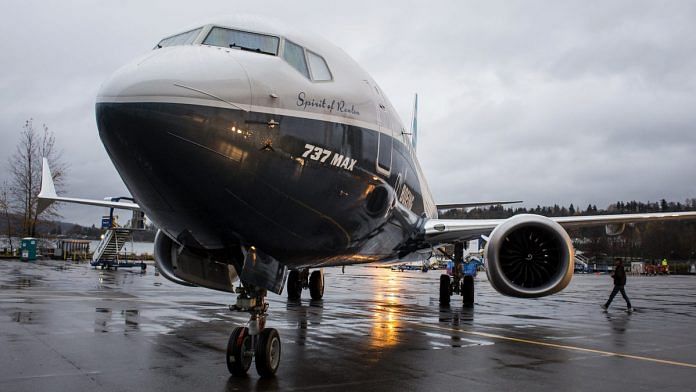Nothing can replace the loss experienced by the families of the 346 people who died when two 737 Max planes crashed in the space of five months. But clarity about what caused those tragedies would help. Unfortunately, we still don’t have it, and are unlikely to for some time.
On Thursday, Ethiopian authorities announced their preliminary findings into last month’s crash, but they don’t bring us much closer to the truth. The reluctance of regulators to rush to judgement is understandable given the sensitivity and technical nature of the issues involved. However, until vital questions are satisfactorily answered, the 737 Max will not return to the skies. For Boeing Co. and its customers, time is money, but that is of secondary concern when human lives are involved.
As anticipated, Ethiopia’s transportation minister said the pilots followed all procedures prescribed by Boeing and yet were still unable to stop the plane from diving, a finding which would appear to shift the blame towards the manufacturer.
However, in recommending that Boeing and aviation authorities should review the aircraft’s flight control systems — something that’s already happening, of course — Ethiopia stopped short of saying the plane has a design problem.
That will be of some relief for Boeing. But its decision to issue a software update that increases the level of redundancy in the plane’s anti-stall system and makes it respond less aggressively when pushing the nose down, looks like a de facto acknowledgement that the 737 Max wasn’t as safe as it should have been.
We await more details of the final minutes of the Ethiopia flight, but it’s possible that rectifying an uncommanded dive may have been very difficult for the pilots at such high a speed and in such limited time, whatever some U.S. peers and politicians might think.
All aircraft manufacturers recognize that prioritizing safety is a sound business decision, because otherwise customers would soon take their business elsewhere. However, back in 2011, when Airbus was rapidly winning orders for its new 320neo single-aisle model, hurrying the 737 Max’s design probably seemed sensible too.
Today, Boeing continues to produce the 737 Max at full tilt, which will rapidly create billions of dollars of immobile plane inventory. This suggests the manufacturer is confident in the fixes that it has proposed, and that customers will be able to take delivery and fly the plane again before too long. But will they?
The creation of an international panel that includes China to review the plane’s safety is a sensible step in view of continuing skepticism about the U.S. Federal Aviation Administration’s rigor and independence in certifying the jet.
But global decision-making bodies aren’t known for reaching conclusions in a hurry, particularly when safety matters are concerned. Nor should they — even if that spells financial pain for Boeing and the airlines.
Also read: Boeing says it needs more time to complete 737 Max software fix
Chris Bryant is a Bloomberg Opinion columnist covering industrial companies. He previously worked for the Financial Times.




Very well documented now. Boeing was racing to develop an alternative to Airbus’s A 320. Instead of designing a brand new aircraft, they souped up their 737. More powerful, fuel efficient engines, placed further and higher up the frame, giving the aircraft a tendency to get its nose up and stall. The software designed to counter this was never explained to the pilots. Again an effort to save time and money by not requiring them to undergo training to deal with this changed feature. 2. After the Lion Air crash, Boeing knew exactly what had hit the fan. Instead, they allowed things to drift, leading inevitably to the Ethiopian Airways crash. The pilots struggled manfully but failed to save the aircraft and its passengers.